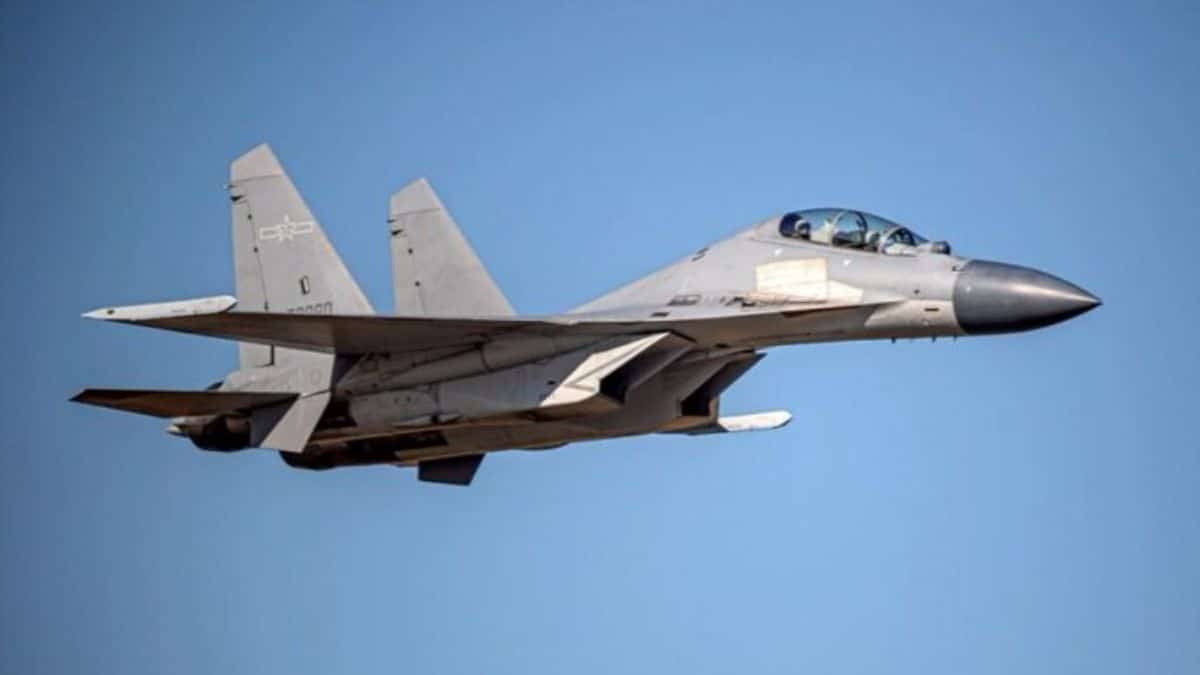 Image Credit: Taiwan News
Image Credit: Taiwan News
Between 6 a.m. on Sunday, July 28, and 6 a.m. on Monday, July 29, the Ministry of National Defense (MND) in Taiwan tracked 18 Chinese military aircraft and 14 naval ships operating in the vicinity of Taiwan. According to the MND, 13 of these People’s Liberation Army (PLA) aircraft crossed the Taiwan Strait median line, penetrating the northern, central, southwestern, and eastern sectors of Taiwan’s air defense identification zone (ADIZ).
In response to this incursion, Taiwanese defense forces mobilized aircraft and naval ships while also deploying coastal-based missile systems to monitor PLA activities closely. This increased vigilance underscores the heightened military tension in the region.
The MND reported that so far this month, it has monitored Chinese military aircraft 539 times and naval vessels 207 times. This persistent surveillance is part of a broader pattern observed since September 2020, where China has escalated its gray zone tactics. These tactics involve incremental increases in military presence without engaging in direct and substantial use of force, thereby achieving strategic objectives while avoiding open conflict.
Gray zone tactics are described as efforts that go beyond routine deterrence and assurance, aiming to accomplish security goals subtly. This approach has allowed China to exert pressure on Taiwan while maintaining a semblance of normalcy and avoiding the threshold of war.
The situation highlights the ongoing strategic rivalry in the Taiwan Strait, with Taiwan’s defense forces remaining on high alert to counter any potential threats. The international community continues to watch these developments closely, given the implications for regional stability and global security.
The MND has reiterated its commitment to safeguarding Taiwan’s airspace and waters, stressing the importance of readiness and vigilance in the face of growing military pressure from China.
